The Ministry of Defence has confirmed that construction is underway on key elements of the Submarine Waterfront Infrastructure Future (SWIF) programme at Devonport, one of the largest modernisation efforts in the history of the UK’s submarine support facilities.
The update came in a series of written parliamentary answers from Defence Minister Luke Pollard to Conservative MP Ben Obese-Jecty.
Pollard stated that the programme will “provide facilities to locations such as Devonport that include a new non-tidal maintenance berth in 5 Basin, a refurbished 10 Dock, and supporting buildings and services.” He added that “significant planning has been undertaken in preparation for build, including working with the Office for Nuclear Regulation and de-risking the site for construction.”
Work on the non-tidal maintenance berth has now entered the construction phase. According to Pollard, more than 18,000 cubic metres of material have been excavated to create a 280-metre-long tunnel that will carry electrical, water, communications, and air systems essential to the nuclear safety and maintenance of berthed submarines.
The berth wall is being formed from precast reinforced concrete sections anchored into the rock to ensure long-term stability. Four trial anchors are currently being constructed as part of the engineering validation process.
The minister also outlined progress on the refurbishment of 10 Dock, which includes “trial build activity and the fabrication of a dockyard concrete batching plant to support the pace required during main dock construction.”
Earlier this year, the dockyard completed its largest single concrete pour in two decades, forming the base of the caisson that seals the dock. The next stage of caisson construction is due to begin shortly.
The SWIF programme forms part of a broader effort to ensure that the UK’s submarine infrastructure can support current and future generations of nuclear-powered vessels, including the Astute-class and Dreadnought-class submarines. In his responses, Pollard described the SWIF programme as central to maintaining “the nuclear safety and maintenance of berthed submarines” and ensuring the long-term operational resilience of the Royal Navy’s undersea capabilities.


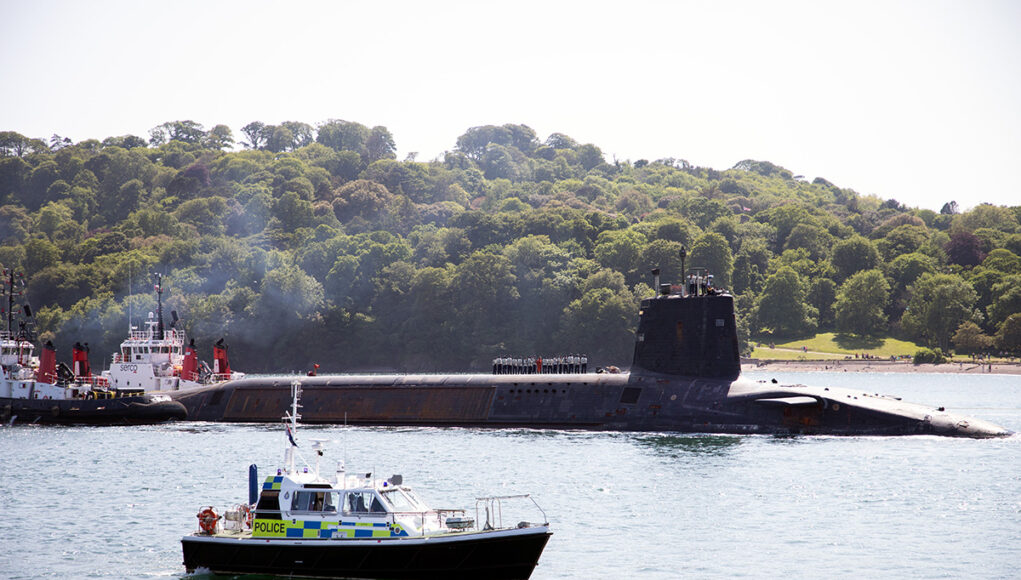
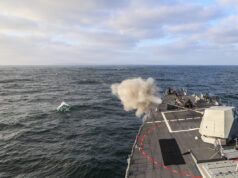
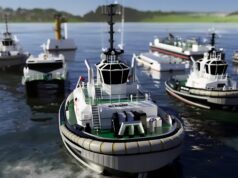
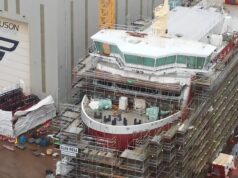
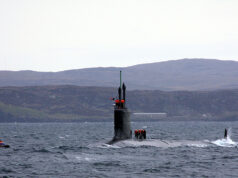
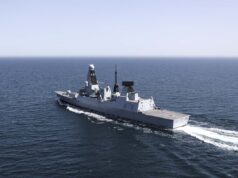


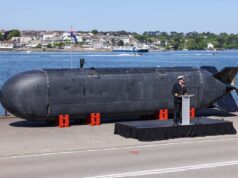
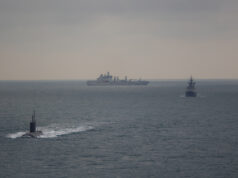
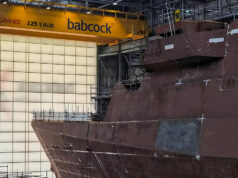

Did the Chinese say this was ok?
“ and the fabrication of a dockyard concrete batching plant to support the pace required during main dock construction”
Surely a joke as pre fabricated concrete batching plants are put together in short days all over the world?
Of is this a special MoD spec plant?
It has to be built to nuclear safety standards and designed to resist earthquakes of up to magnitude 6 or 7.
In the USA and Australia new dry docks are costing $3-$4 billion.
Yes, I know that.
You’d know that I know that from my previous posts on here and NL.
That doesn’t change the fact that concrete batching plants are really available and usually screwed together in under a week.
Once again we are managing to build this at only 3 times the cost of similar work in France & the US. Things are improving.
And what about the 13 boats sat in no 3 basin ?
They are going to be sank to the bottom and concreated over to make a new car park
The only caveat being you can’t park there for more than an hour without iodine tablets..
Look on the bright side. You wouldn’t have much trouble finding your car at night after it was parked there for more than 3 hours.
There was a suggestion by Babcock that the Frigate Refit Complex in basin 2 should be converted to a submarine dismantling complex, once the last T23 has gone.
I’ve heard that too, but at what cost ? There would surely be huge amounts of work involved making it suitable and safe, plus I’m not sure what the Locals would think.
I’m not sure that it would be that expensive. Presumably No 3 basin would still contain ships that haven’t yet been defuelled, and the defuelling and reactor removal would still be undertaken in 14 dock, only rather than always sending the subs to Rosyth for final dismantling they could also be handled a couple of basins over. I don’t know if there’d be any need for expensive work before ONR give nuclear certification for the FRC. I doubt it would be all that onorous, given that it would be residual low-level waste and radioactivity. I also don’t see why the locals might complain if they are okay with reactors being handled in No 5 basin.
I think even a hint of this happening will involve large sums of money as everything will have to be certified and I really don’t think the locals will be happy, they never have been about this work being carried out next door.
At the pace Babcock do things the conversion of the Frigate complex should be ready to dismantle HMS Achilles.
There is currently what you might call an investigation into the non jobs that exist in the yard. If you wonder why we get so little for our money in defence I would suggest spending a few weeks in Devonport would help explain the criminal waste that stills goes on within MoD.
Interesting any skuttlebut on these non jobs?
Last time I head there were so few direct employees there…..everyone was contractorised….
If I was retiring next week I would say more but let’s just say progress on projects is glacial and TEAMS meetings have a cast of many – with most having their cameras turned off and contributing nil – all paid for by the MOD
Fair enough.
I’m glad that someone is looking at it – hopefully with 1SL’s backing.
It is essential that nuclear maintenance is speeded up as the (cough) 9 nuclear submarines that we have that are vaguely serviceable need to be made serviceable at all costs.
Just as all T45 need to be fixed and up armed ASAP.
And the spares bins for F35B and Cabs need to be full filled.
That way we can deploy what we have.
ATM to much is blamed on subcontractors and RN manpower when STOROB or worse is causing ship/boats/planes/cabs not be deployable.
Reversing a lot of the JiT thinking in favour of buffer stocks of the most used parts is the name of the game. Imagine how tedious it is to get 15% into a reassembly and find you need an XYZ but the XYZ isn’t in the spares kit for that service it is on a one week lead time. So a unit that might have been moved to testing in two days is in a hangar/dock for another 9/10 days because of the lead time on an XYZ. When you vary out the analysis of the lost cost of lack of deployability JiT breaks down and is actually inverted.
Accountants love JiT as ‘stock = enemy No 1’ and will do anything irrational to get rid of it.
So the equation need to be rebalanced, as it is in commerce with the lost earnings of lost sales, lorry miles etc, by introducing a value to the deplorably of the asset.
Sorry for the waffle but you probably get the idea.
You are totally correct and I’m afraid it is going to take a fundamental shakeup at the MOD to address these issues because the mindset is all wrong.
If you optimise to the wrong business model you kill the business.
There are two massive multi billion UK companies killing themselves by this optimisation.
I think I know their names
I’d just have one properly resourced centre of excellence for submarine disposal at Rosyth.
Defuel them in Plymouth and then transport the closed up hull on a barge.
Let Plymouth focus on submarine maintenance and build that up.
I’m always interested ’the latest modernization in UK history,’ seems to be everything we do now is the largest in history which always seems odd, in this case largest to support half the number of subs seems a bit excessive if it genuinely is
Well yes they are the largest in History ! Simple reason is the boats are bigger than anything built beforehand hence the maintenance facilities have to be. Same could be said for whatever replaces the present Frigate Refit Complex, non of the next generation frigates can fit inside.
I always found it odd that there was a Frigate Refit Complex but no Destroyer Refit Complex.
Obvs the FRC was a rebranding of an existing facility that was built plenty big in its day.
T45 is a very big lump of ship.